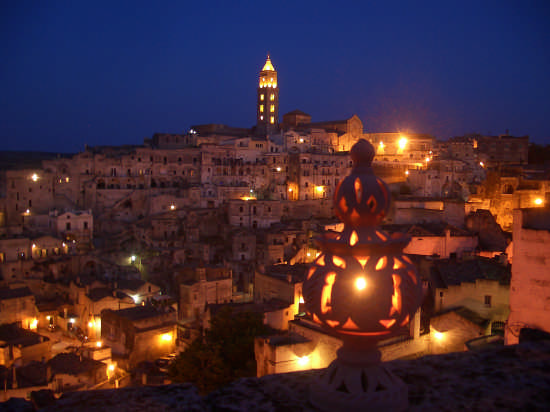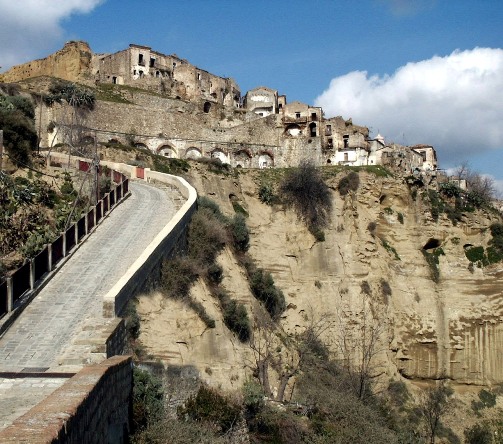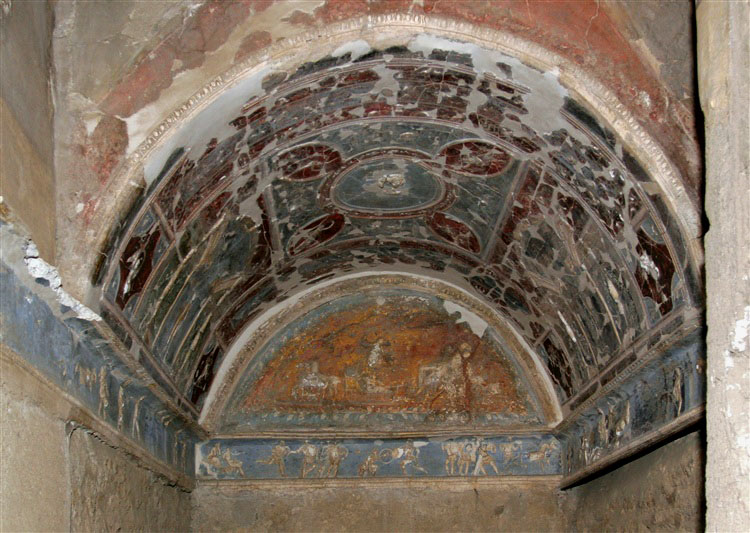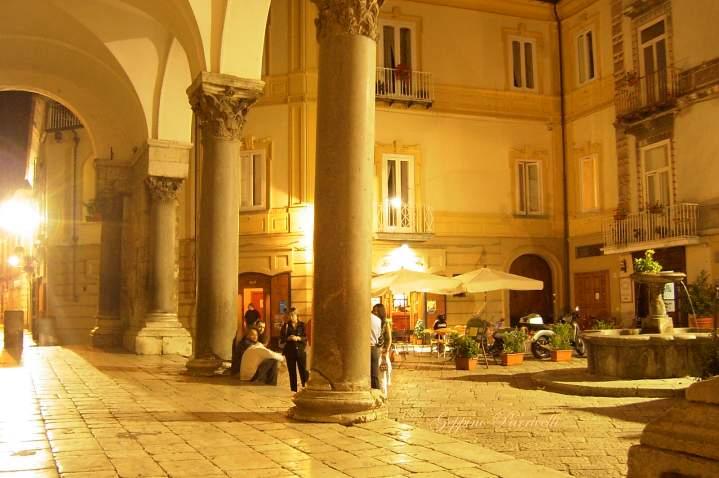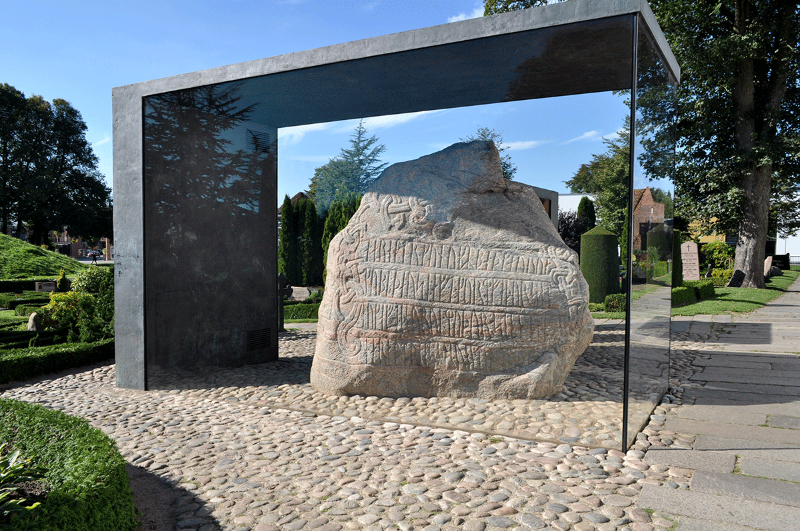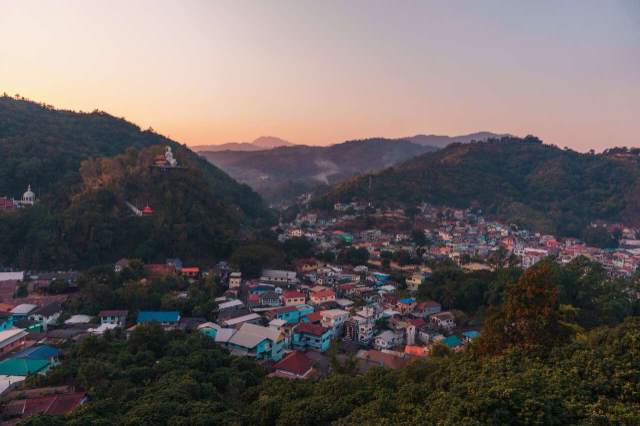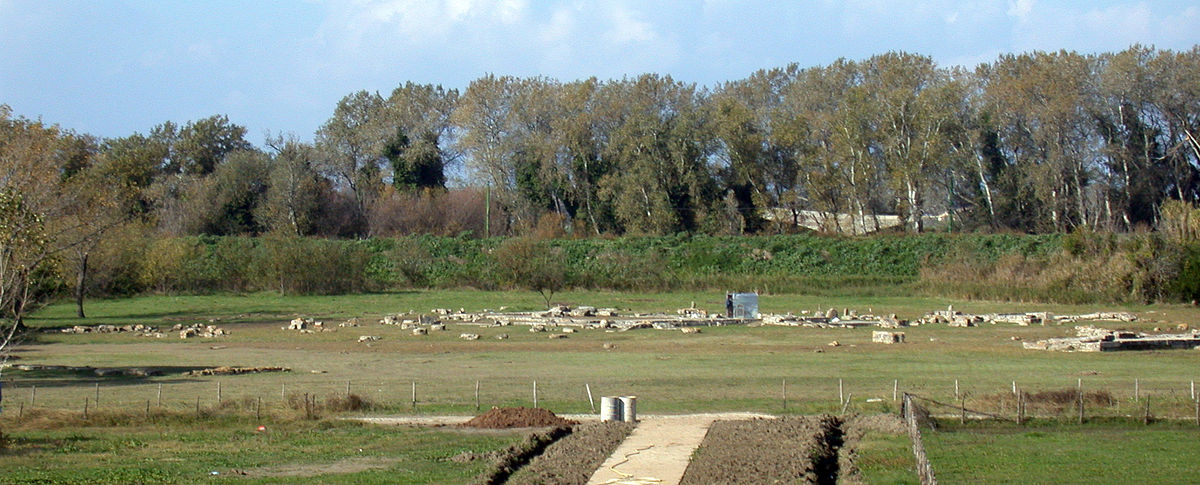In the caves of the Sassi is hidden the capital of the peasants, the hidden heart of their ancient civilization. Whoever sees Matera cannot but be struck by it, so expressive and touching is its painful beauty;
This is how Carlo Levi described Matera in 1952, but many artists have been fascinated by the enchanting beauty of this town. Giovanni Pascoli in 1884 said “Of all the cities in which I have been, Matera is the one that smiles at me the most, the one that I see the best, through a veil of poetry and melancholy”.
Over the years, the city continues to arouse amazement and to emerge for its landscape, according to many, enchanted. Matera, declared a UNESCO World Heritage Site in 1993, has been defined unique in the world for its configuration and its landscapes so contrasting between them.
And’ the city’ of the Caverns, of the Villages Trincerati, of the Houses peasants dug in the rock, of the Rupestrian Churches frescoed, of the great Romanesque Churches – Pugliesi and Baroque and of the important noble Palazzotti.
And’ the city’ that remembers geologically the’ancient Jerusalem and Cappadocia.
It was the destination of many peoples and their masterpieces, but continues to be the destination of the great actors and directors who find in Matera a suitable place to shoot their films, Mel Gibson says “In fact, the first time I saw it I lost my head becauseé it was simply perfect”.
The Sassi di Matera constitute the ancient city of Matera. Together with the Sasso “Caveoso”, Sasso “Barisano” and the rione “Civita”, they form a complex urban nucleus.
The Sassi of Matera have been enrolled in the list of the patrimonies of the humanity from the UNESCO in 1993. They were the first site inscribed in southern Italy. The inscription was motivated by the fact that they represent an extraordinary urban ecosystem, capable of perpetuating from the distant prehistoric past the ways of living in caves up to modernity. The Sassi of Matera are an exceptional example of accurate use of natural resources over time: water, soil, energy. In the report of the commission that has verified the correspondence of the place to the criteria of evaluation of UNESCO, the candidacy of Matera responds to the following criteria:
« Criterion III: The Sassi and the Park of the rock churches of Matera constitute an exceptional testimony of a disappeared civilization. The first inhabitants of the region lived in underground dwellings and worshipped in rock-hewn churches, which were conceived in such a way as to set an example for future generations in the way they used the qualities of the natural environment for the use of the resources of the sun, rock and water.
Criterion IV: The Sassi and the Park of the Rupestrian Churches of Matera are a relevant example of an architectural and landscape ensemble witnessing significant moments of the history of mankind. These take place from primitive underground dwellings dug into the stone facades of the ravines to sophisticated urban structures built with the excavated materials, and from well-preserved natural landscapes with important biological and geological features to urban landscapes with complex structures.
Criterion V: The Sassi and the Park of the rock churches of Matera are a relevant example of traditional human settlement and land use representative of a culture that has, from its origins, maintained a harmonious relationship with its natural environment, and is now subject to potential risks. The balance between human intervention and the ecosystem shows a continuity for more than nine millennia, during which parts of the settlement cut in the rock were gradually adapted to the growing needs of the inhabitants. »
matera_04The Sassi are really a cultural landscape, to quote the definition with which they have been included in the Unesco World Heritage List. The Sasso Barisano, turned to the north-west on the edge of the cliff, if you take as a reference the Civita, the heart of the old town, is the richest in carved portals and friezes that hide the underground heart. The Sasso Caveoso, on the other hand, which faces south, is laid out like a Roman amphitheater, with cave dwellings that descend in steps, and perhaps takes its name from the quarries and classical theaters. In the center is the Civita, a rocky spur that separates the two Sassi, on top of which is the Cathedral. And finally in front, on the opposite side of the Gravina di Matera, the Murgia plateau that acts as a natural backdrop to this scenario, with numerous rock churches scattered along the slopes of the ravines protected by the institution of the Archaeological Park of the Rock Churches of Matera, also known as the Park of the Murgia Materana.
The Arch Pietro Laureano in his book "Giardini di Pietra" (Stone Gardens) defines it as: "Natural caves, underground architectures, cisterns, huge entrenched enclosures, farms, churches and palaces, follow one another and coexist, dug and built in the tuff of the ravines";
The description of Carlo Levi in Christ stopped at Eboli evokes a wide-eyed look. To his sister, who acts as narrator, the Sassi appear as two half funnels separated by a spur of rock, the Civita, and the white church of Santa Maria de Idris, which seemed to be embedded in the earth. The two half funnels are the Sassi, and for Levi they have the shape with which, at school, we imagined Dante’s Inferno.
The neighborhoods, made up of a group of dwellings overlooking the same open space, often with a well in the center, were the model of social life, solidarity and collaboration of the Sassi. The common well, where clothes were washed, the oven where bread was kneaded, made the neighborhood the fundamental cell of community organization. In the houses, the light comes from above and the temperature is constant at 15 degrees, with the thermal mass of the sea tuff that works as an air conditioner. If the rays of the sun in summer, perpendicular and hot, remain outside, in winter, oblique, they slide on the bottom of the caves. This degradation and overlapping of houses and cottages, è only apparently chaotic, because then is built with many tricks. But the descent into the Sassi is a continuous surprise. Among alleys and steps you arrive in formidable monastic complexes carved into the rock, Benedictine Cenobi and Byzantine lauras, in which the cells of monks huddle around an underground church.
